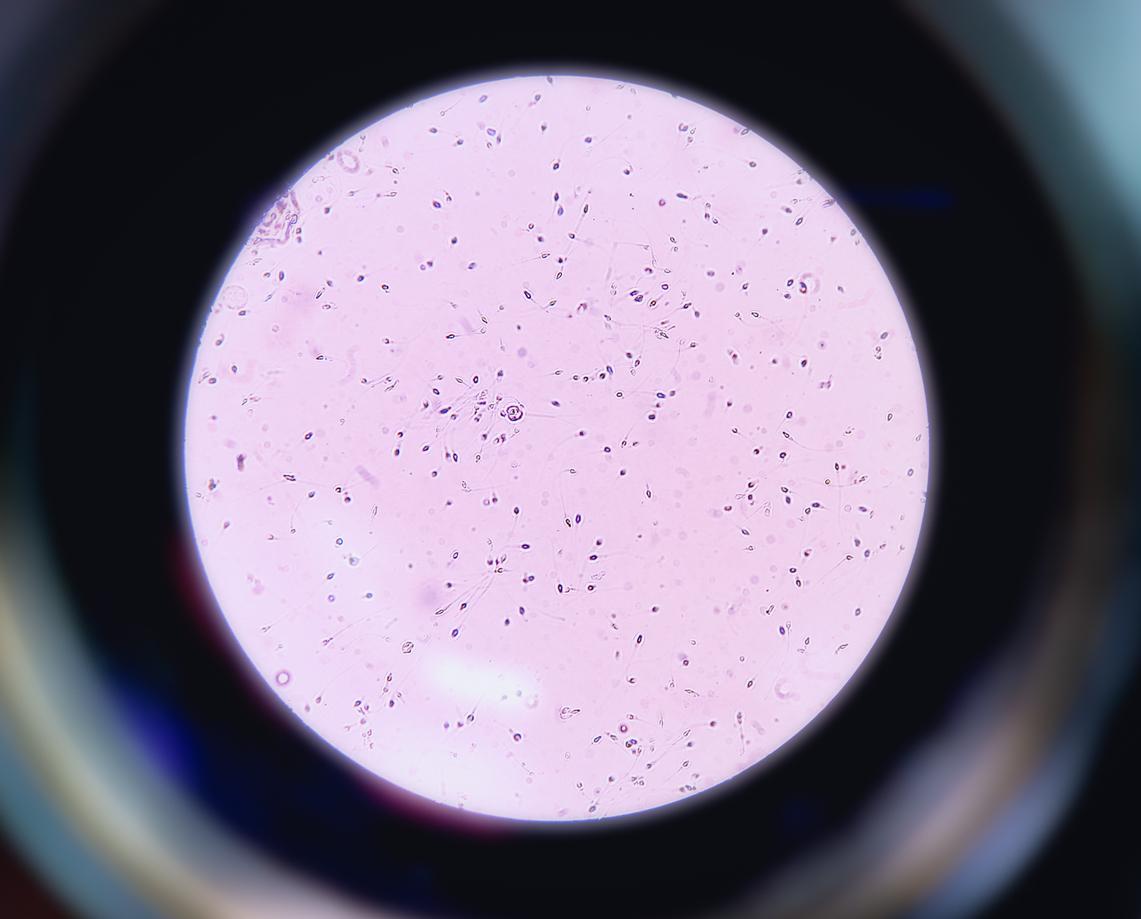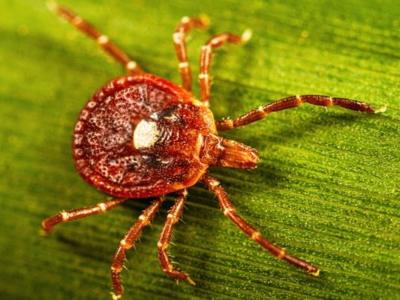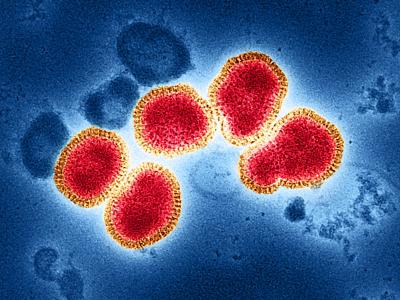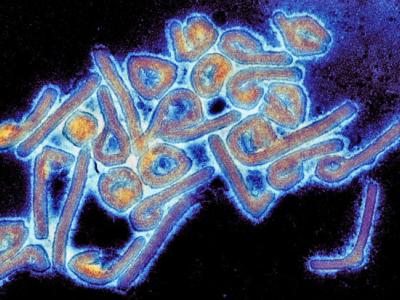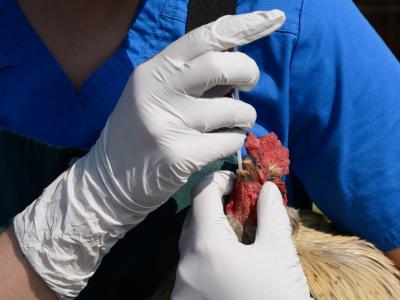A new systematic review of 373 studies reveals the detection of 22 viruses in human semen following acute infection, including pathogens with pandemic potential. The study was published yesterday in The Lancet Microbe, and shows that only 9 of the 22 viruses had evidence of sexual transmission.
The persistence of viruses in semen has far-reaching implications for ongoing disease transmission, embryonic development and fertility, and the development of drugs and vaccines, the authors said. Infectious semen has also contributed to recent outbreaks of Zika virus disease, Ebola virus disease, and mpox.
In this review, the authors examined evidence of viruses in semen as well as viral persistence, or how many days after the onset of illnesses that viruses are viable in semen.
In addition to the 22 viruses present in semen following acute infection, 3 others—Crimean-Congo hemorrhagic fever virus, hantavirus causing hemorrhagic fever with renal syndrome, and Heartland virus—were detected in other parts of the human male reproductive tract, but not in semen. Hepatitis A virus and vaccinia virus showed evidence for sexual transmission but no evidence for detection in the semen or elsewhere in the male reproductive tract.
Ebola had longest persistence
Ebola virus had the longest viral persistence, detected 988 days after discharge from an Ebola treatment unit and 965 days after onset of illness, in separate studies, the authors said.
The maximum detection of Zika virus in semen was 941 days after onset of illness, but the median persistence was 57 days after onset of illness. The shortest duration was 8 days after onset of illness for Kyasanur Forest disease. Maximal detection time for other viruses was 21 days for yellow fever virus, 22 days for West Nile virus, and 37 days for dengue virus.
We found considerable variability between individuals with regard to the duration of persistence of virus in the semen.
"We found considerable variability between individuals with regard to the duration of persistence of virus in the semen, alongside substantial uncertainty in the duration of persistence in each individual," the authors wrote.
Oropouche virus in semen, other body fluids
In related news, Dutch researchers yesterday reported the detection of Oropouche virus genome in semen and other body fluids in a traveler. Oropouche-specific Immunoglobulin M has recently been detected in 6 of 68 newborns with microcephaly (small head and brain), and vertical (mom-to-fetus) transmission of the virus has led to fetal death.
The report, published in Emerging Infectious Diseases, was based on samples from a male patient returning to the Netherlands from Cuba in August 2024. The patient recovered from illness, but the virus genome was still detectable in all samples except feces (urine, blood, and semen) up to 32 days after symptom onset.
Sexual transmission of the virus has not yet been determined, but the authors said their findings indicate its potential.
